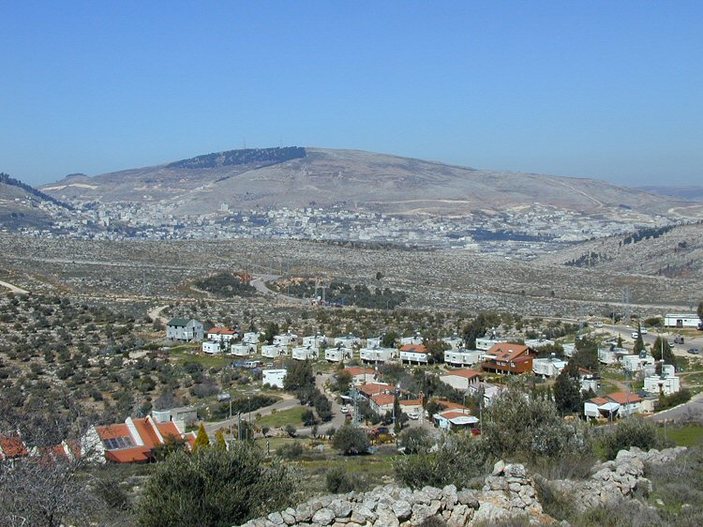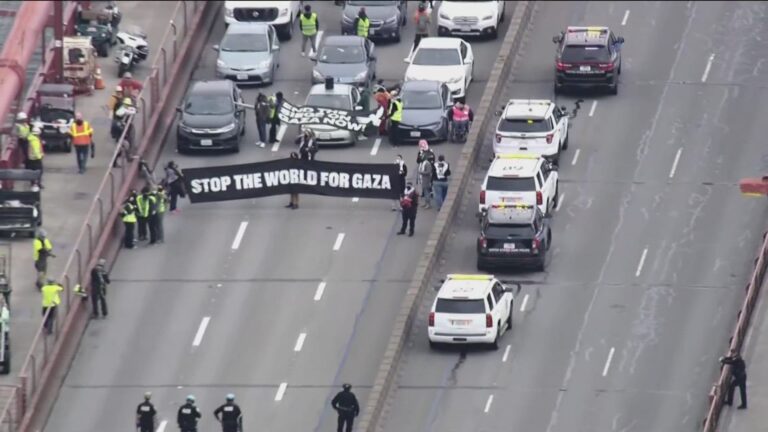As in previous years, data on the population in Yehuda, Shomron and the Jordan Valley in the last year are published. As of the beginning of 2018, the Israeli settlement in the area includes some 150 localities with 448,672 residents.
An analysis of the data shows that the annual growth in the population of the region in 2018 is 3% per year, with the average annual growth rate of 4.3% per year in the past decade. More than twice the average growth in the State of Israel, which stands at 2% in 2018.
The increase in percentages in 2018 (3%) is lower than 2017 (3.4%) and is the lowest in about a decade. The growth in the number of persons also declined, in 2017 it was 14,299 residents per year, while in 2018 it stands at 12,964 residents. In the last decade, the settlement has grown by an average of 15,043 residents per year. However, in Yehuda and Shomron they maintain a relatively high growth rate relative to the national average of 2% per year.
With regard to religion, the trend in which there is almost equality between the groups continues, with each group – dati leumi, chareidi and secular – constituting about a third of the general population in the region with a small advantage for the dati leumi and the chareidi sectors.
The largest localities in Yehuda and Shomron are of course the cities (by size): Modi’in Illit, Betar Illit, Maale Adumim and Ariel, where 195,771 residents live together (43%). The local councils in Yehuda and Shomron have 95,890 residents (22%), and the regional councils, which are spread over most of the area, are home to 157,008 residents (35%).
The largest community that is not a council or a city is Kochav Yaakov in Binyamin, followed by Shaare Tikva in Shomron, Geva Binyamin (Adam), Talmon, Kfar Adumim, Shilo and Tekoa.
As for the growth in the settlements, this year, too, the town of Eli Zahav (including Leshem) in Shomron has the highest growth rate with 22.6% growth in 2018. Among the other settlements that grew in particular are Maale Amos in Gush Etzion (17%), Sal’it in the Jordan Valley (16.5%) , The Arava House (Dead Sea) (15.9%) and Sansana in the Hebron Hills (13.8%).
In the regional councils, the largest increase was recorded in the Har Hebron Regional Council, whose growth rate in 2018 stands at 6%. The regional councils of the Dead Sea region (5.9%), the Shomron Regional Council (5.5%), the Jordan Valley Regional Council (4.8%), the Binyamin Regional Council (2.6%), and Gush Etzion (1.2%).
The local council with the largest increase is the Efrat Local Council, which has an 8.7% growth rate in 2018. It is followed by Emmanuel (6.5%), Karnei Shomron (4.4%) and Beit Aryeh Ofarim (3.5%).
Not surprisingly, chareidi cities lead the list of cities and the city with the highest growth rate being Modi’in Illit (3.9%), followed by Betar Illit (3.5%).
Another important factor is the average age, as residents of Yehuda and Shomron are younger than the national average. According to data from the municipal elections that took place this year, 55% of the residents of Yehuda and Shomron and the Jordan Valley are over the age of 17, while the average in the entire State of Israel stands at 73%.
While the percentage of growth in Yehuda, Shomron and the Jordan Valley is still higher than the national average, it has been declining steadily for a decade. In 2008, the growth rate stood at 5.6% and now stands at about half.
According to the Yesha Council, the conclusion is one and only, and this is especially evident in light of the upcoming elections – in recent years there has been insufficient construction throughout the areas, and the approved construction is relatively small and does not meet the required growth rate and demand. For examples, children wishing to continue living in the same yishuv cannot do so because there are no new homes in the community of their parents. In addition, the growth rate due to natural birth is increasing.
(YWN Israel Desk – Jerusalem)







2 Responses
perhaps we can now solve all the problems in Israel at once. give back beitar illit and modiim illit to the Arabs as part of a peaceful solution as long as the Arabs keep the Charedim and support their lifestyle. 🙂 but the Arabs cannot change their mind 🙂
In my opinion, many, many more Chareidim should settle in the Shomron and Tehuda.
Gerry Mullen